site search
online catalog
NEW MODEL 1859 SHARPS

Hover to zoom

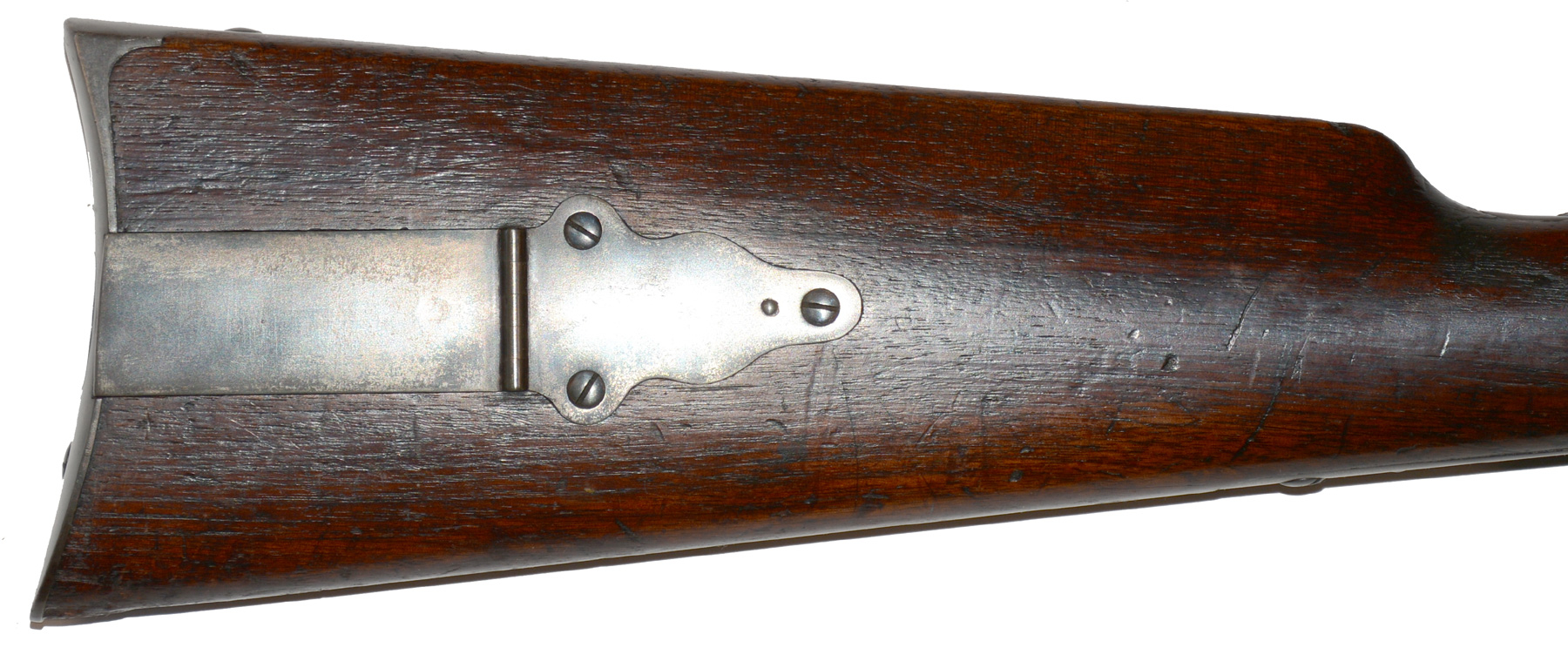



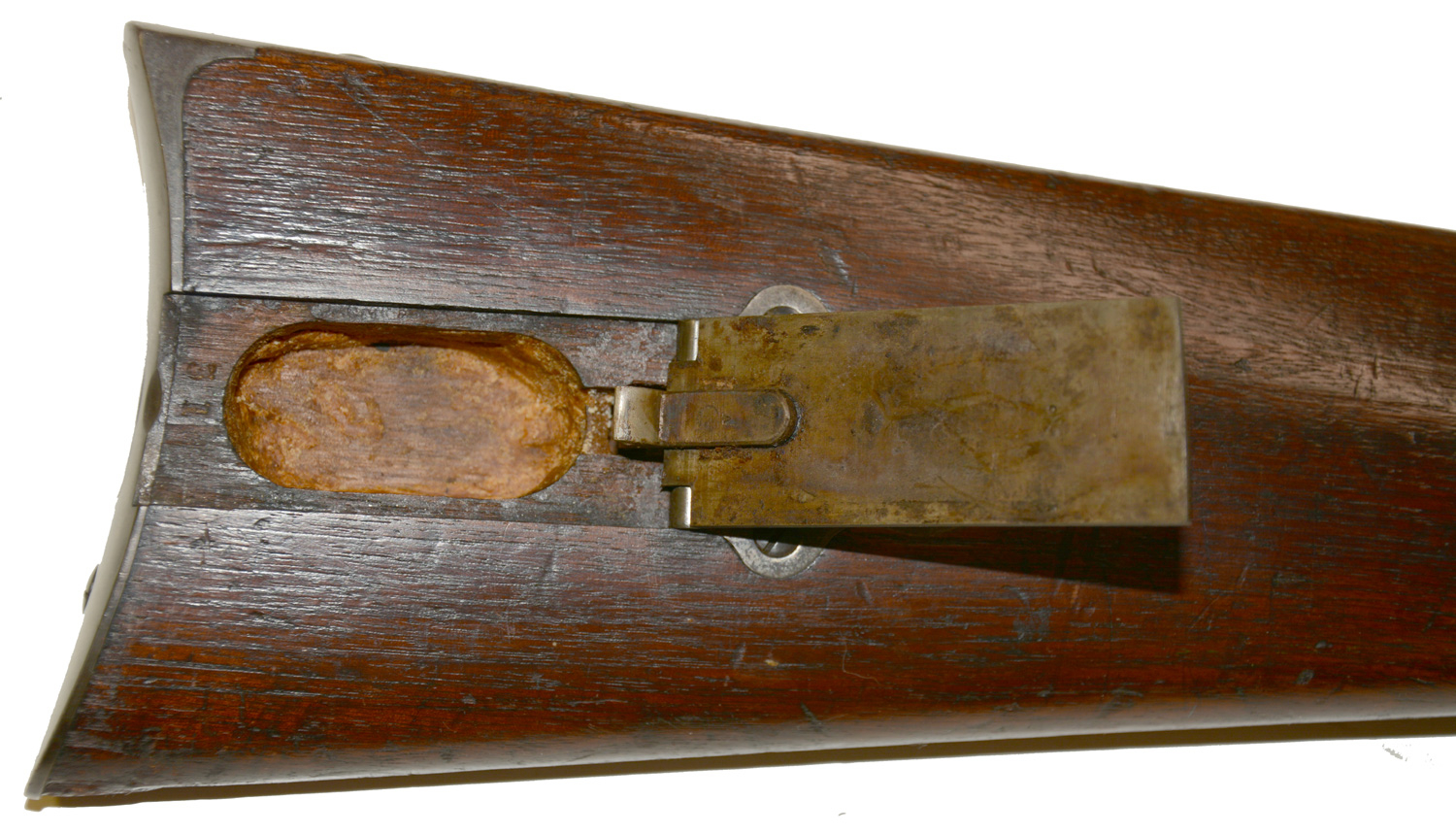
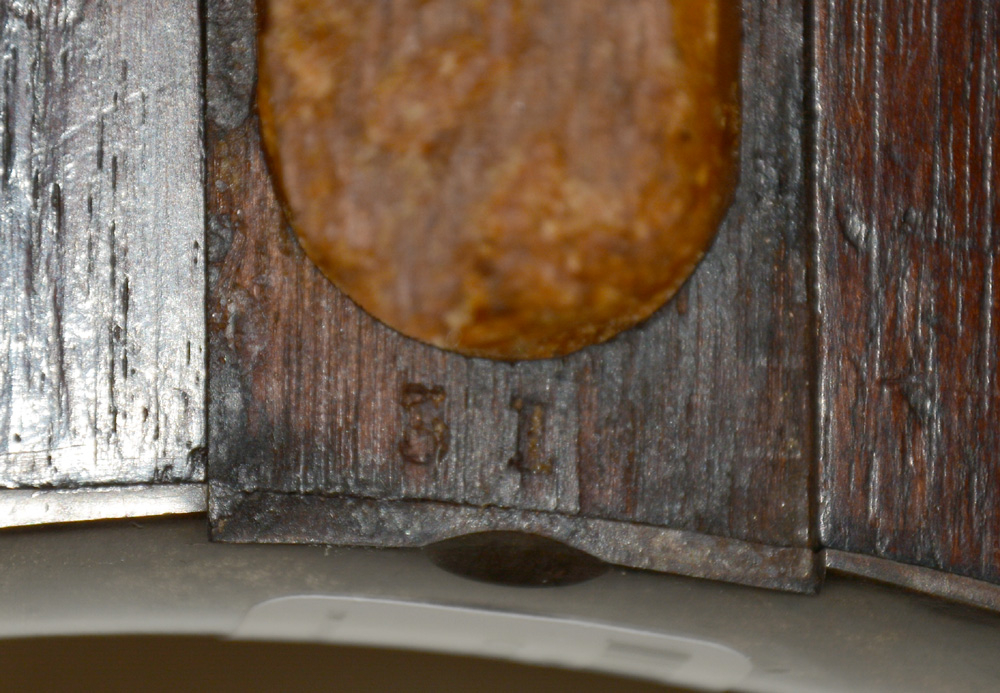
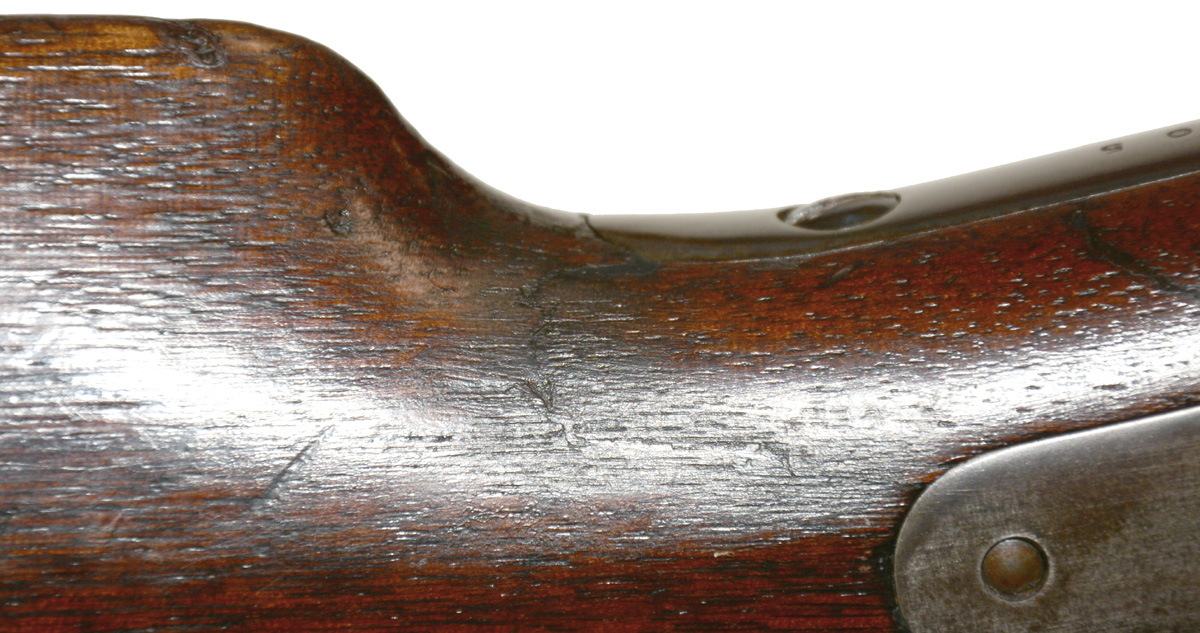
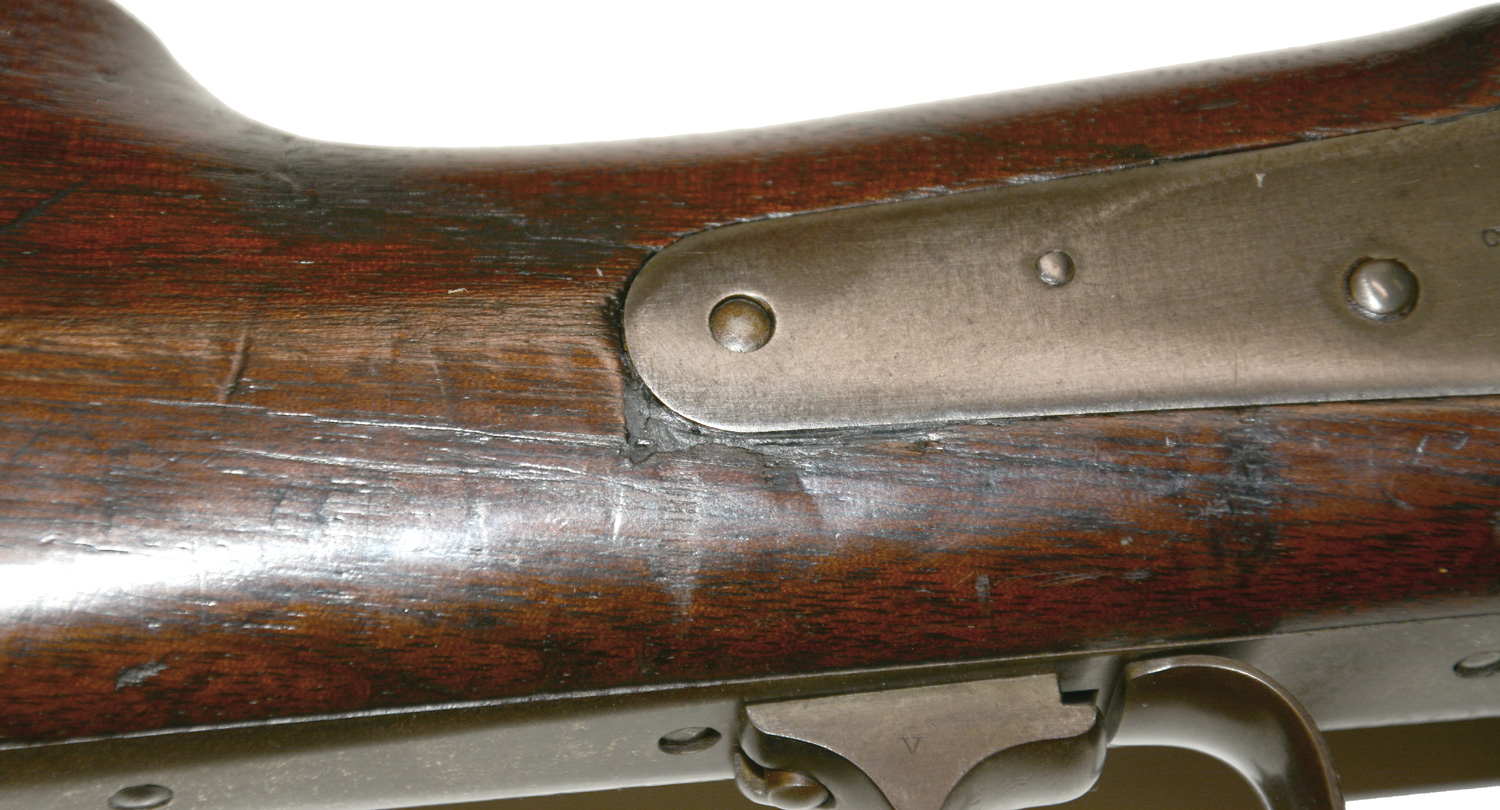
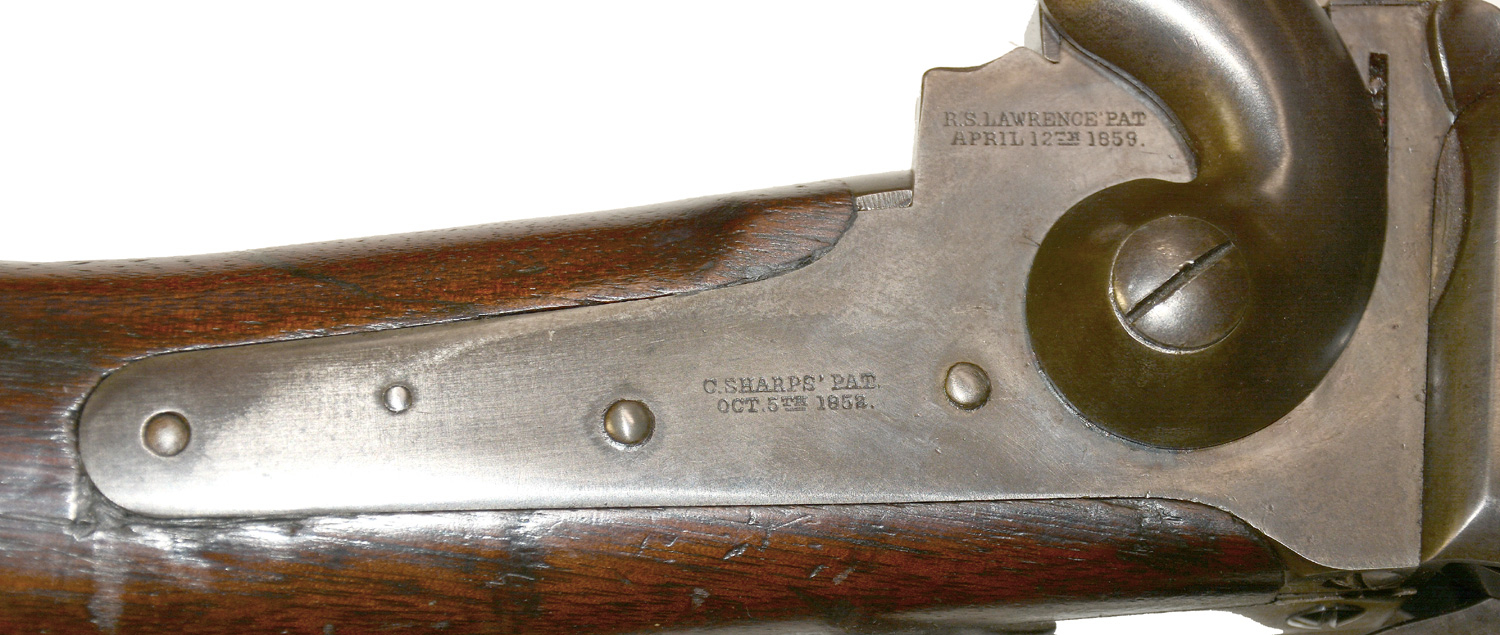
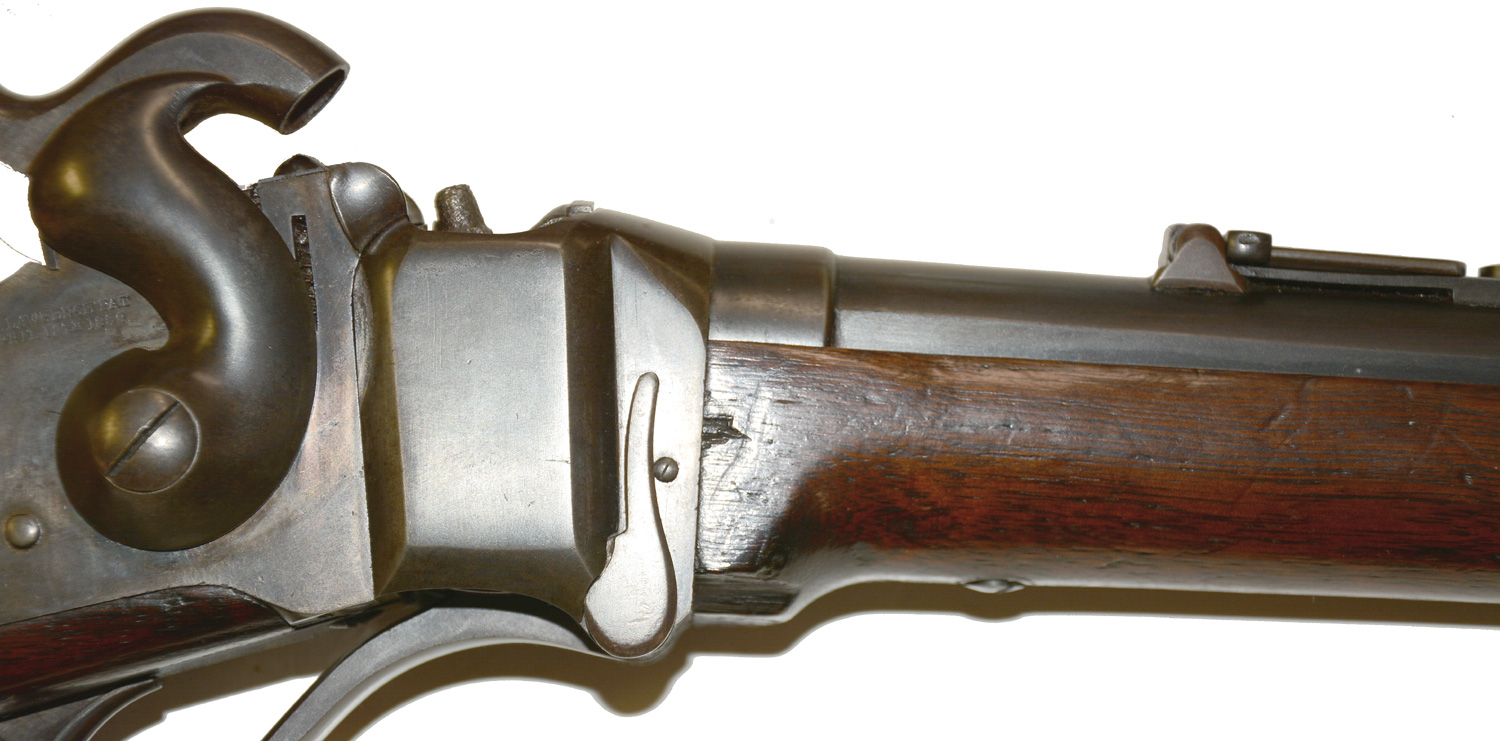
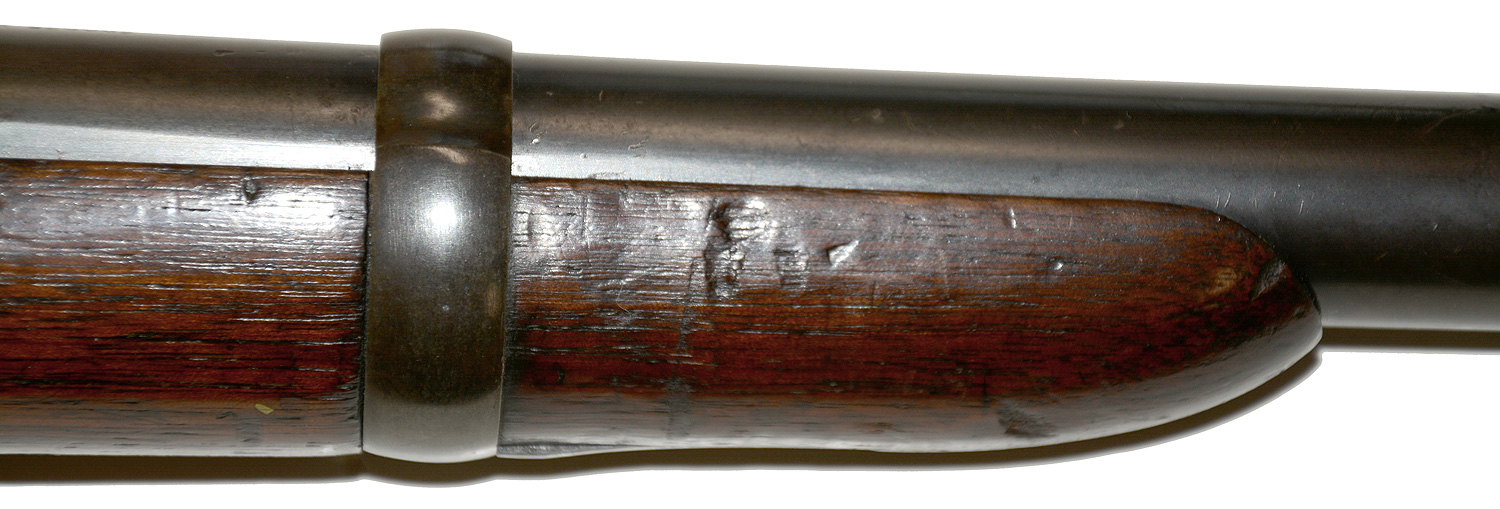
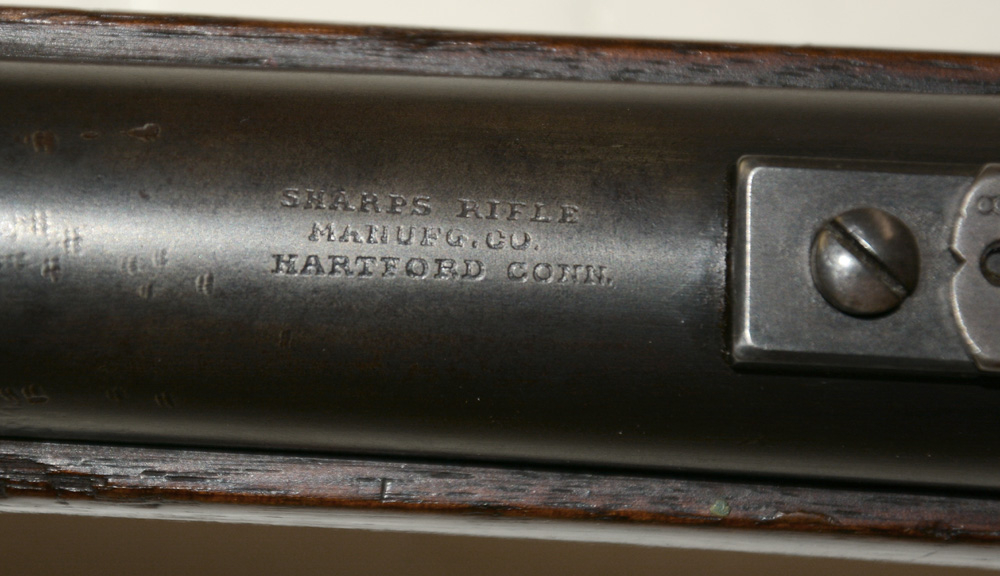
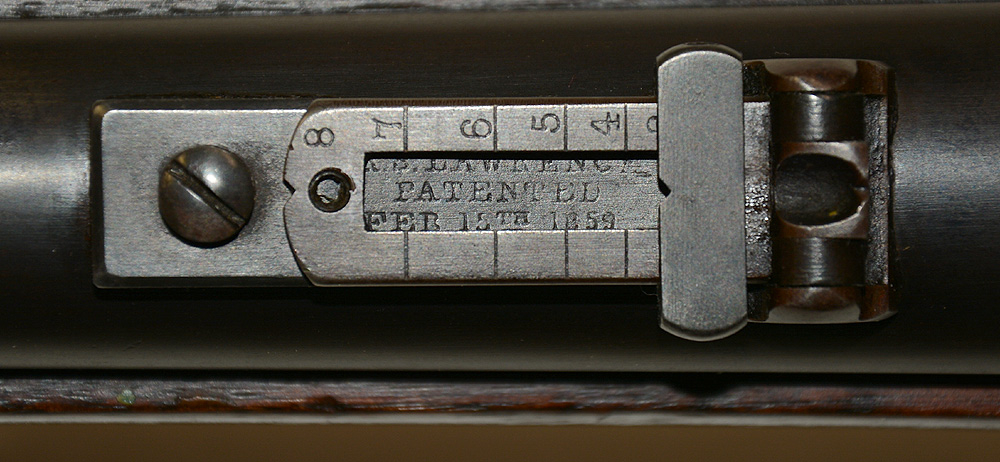
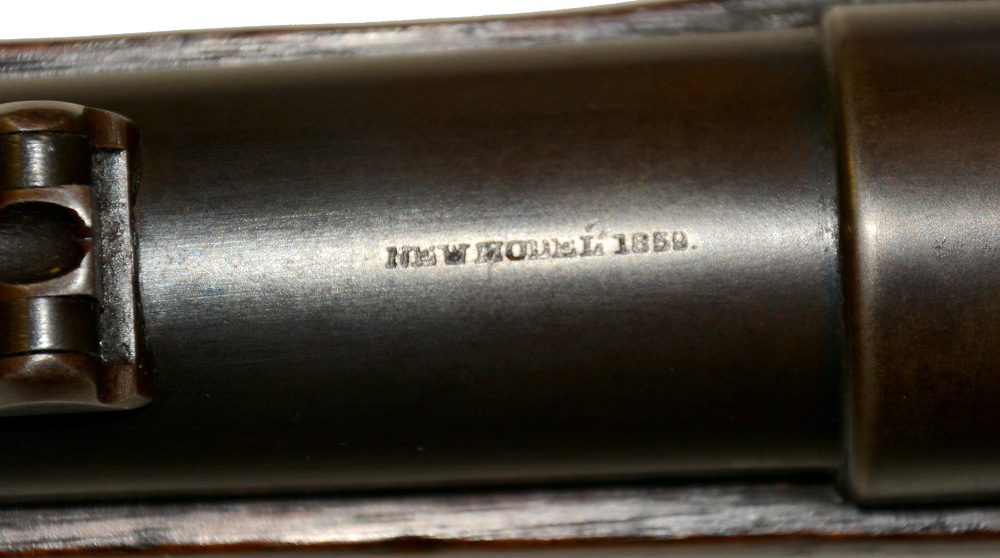
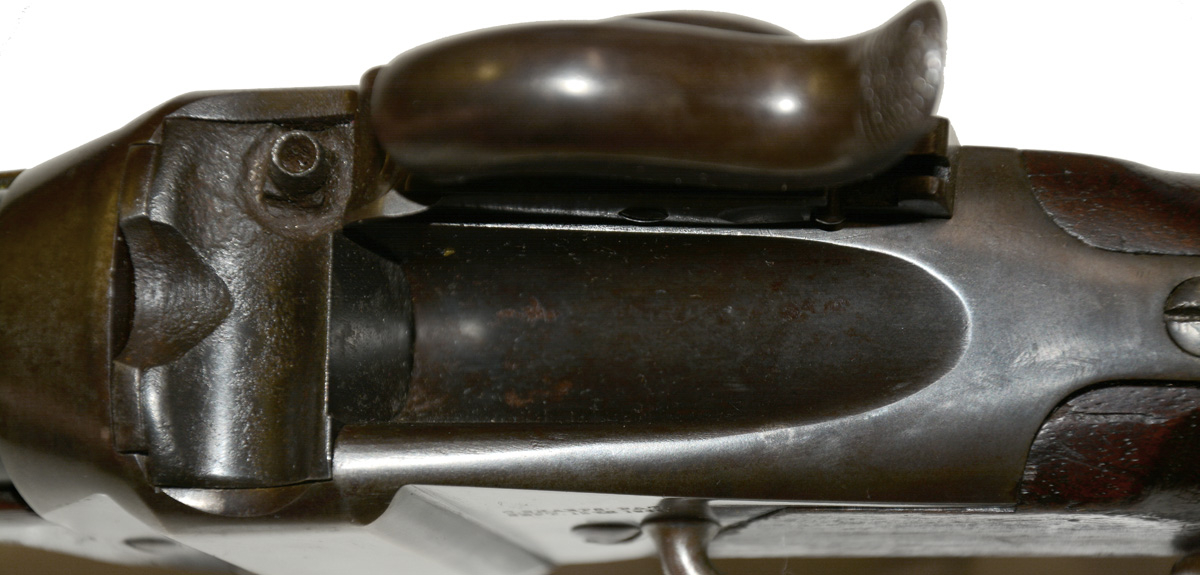
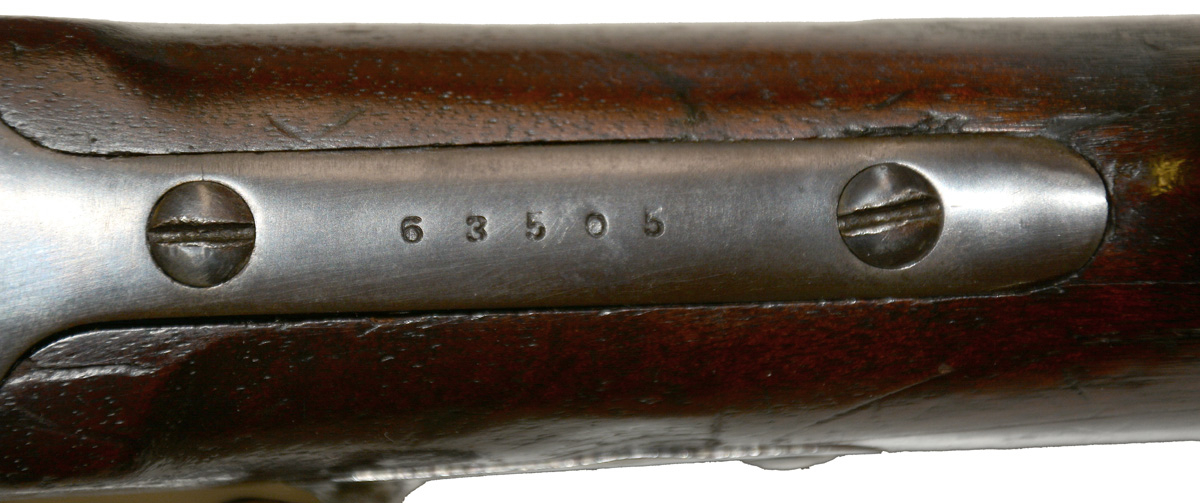
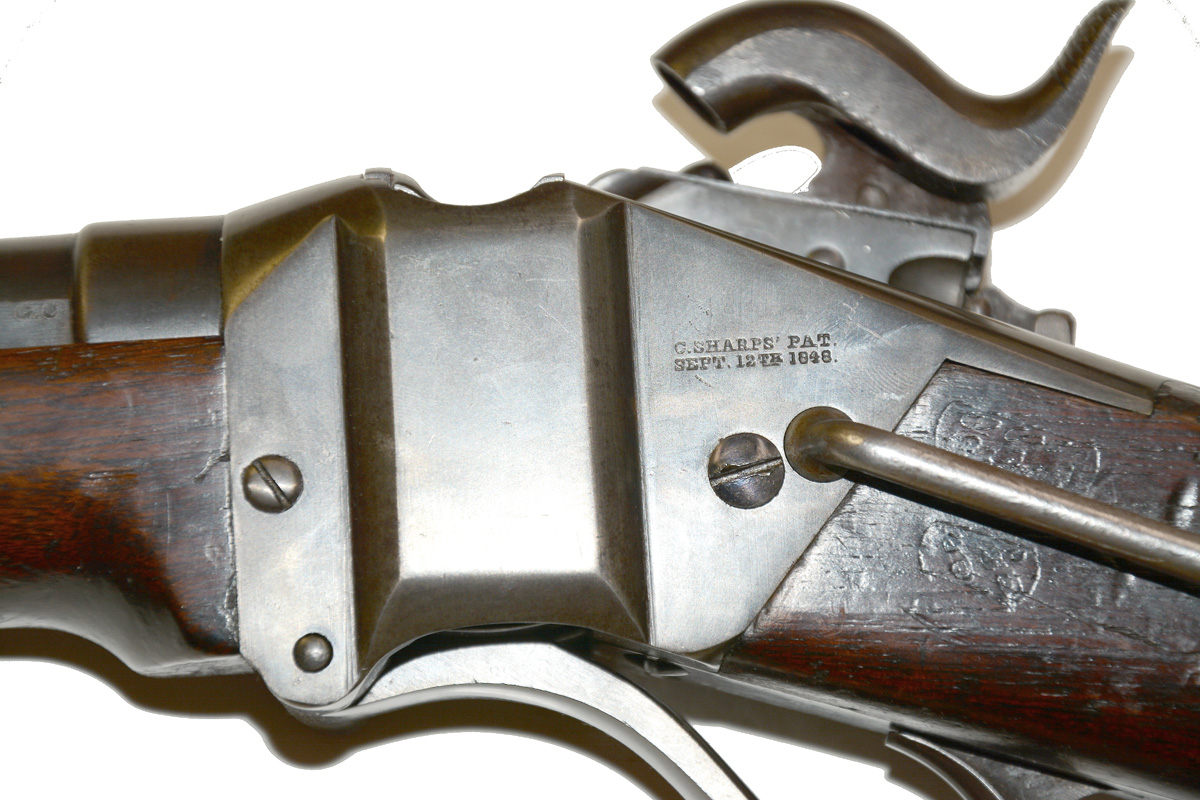
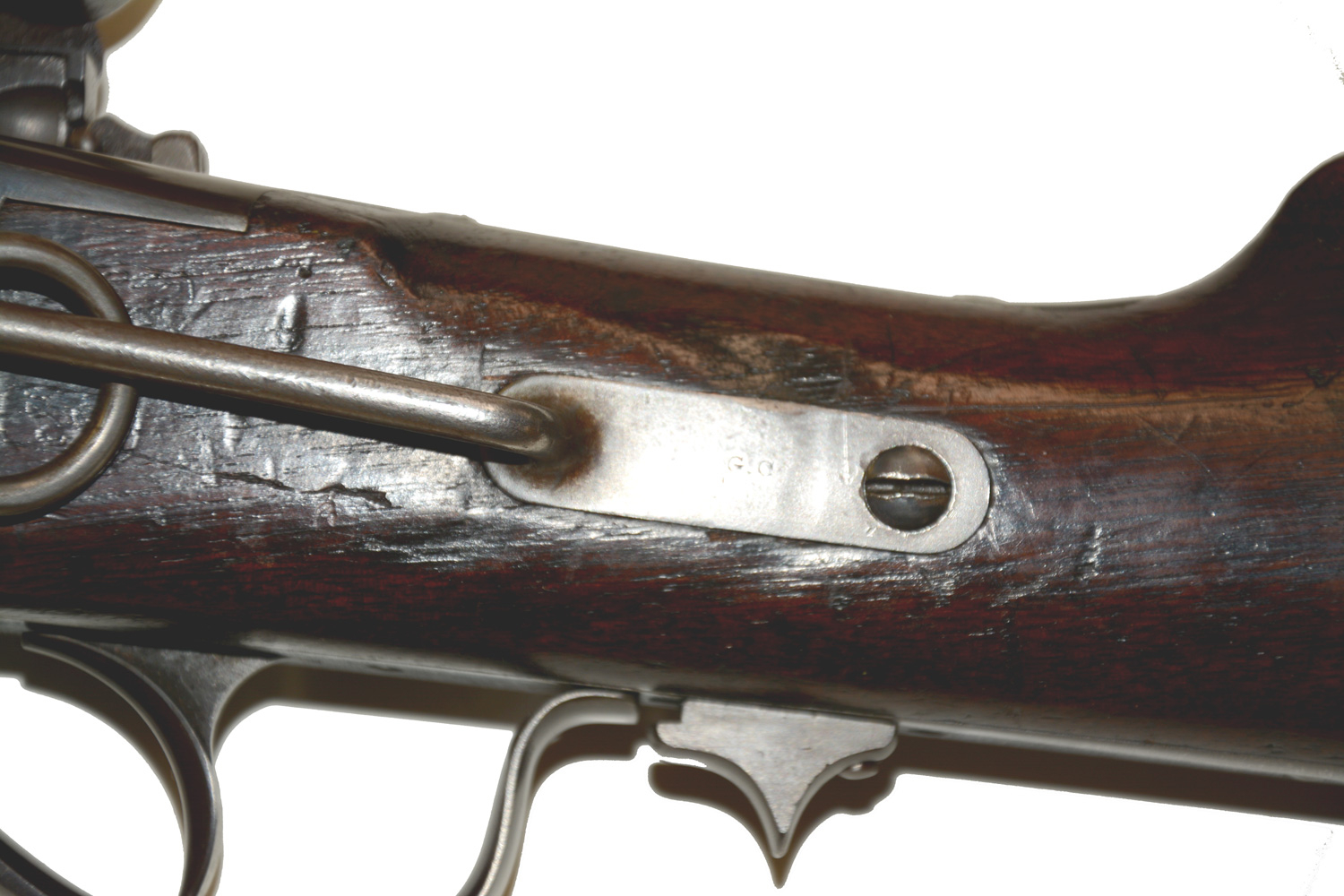
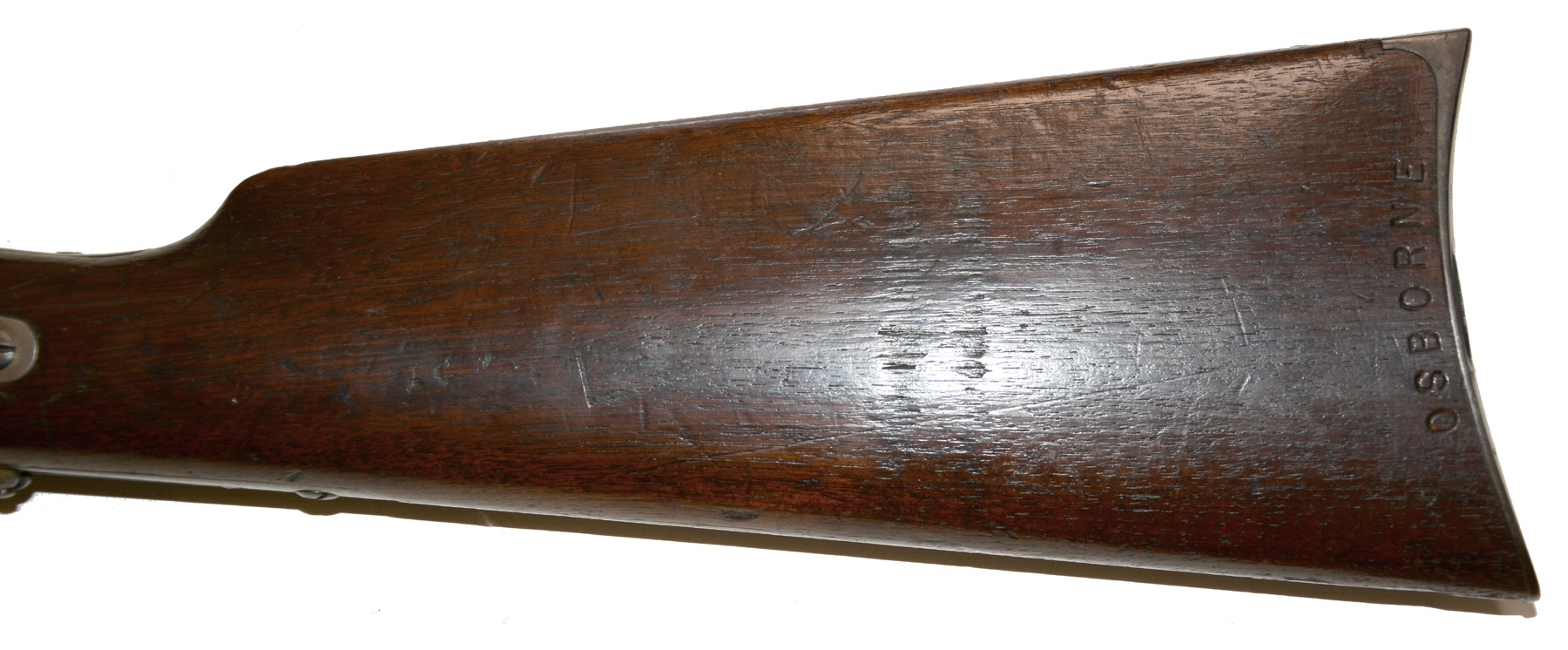
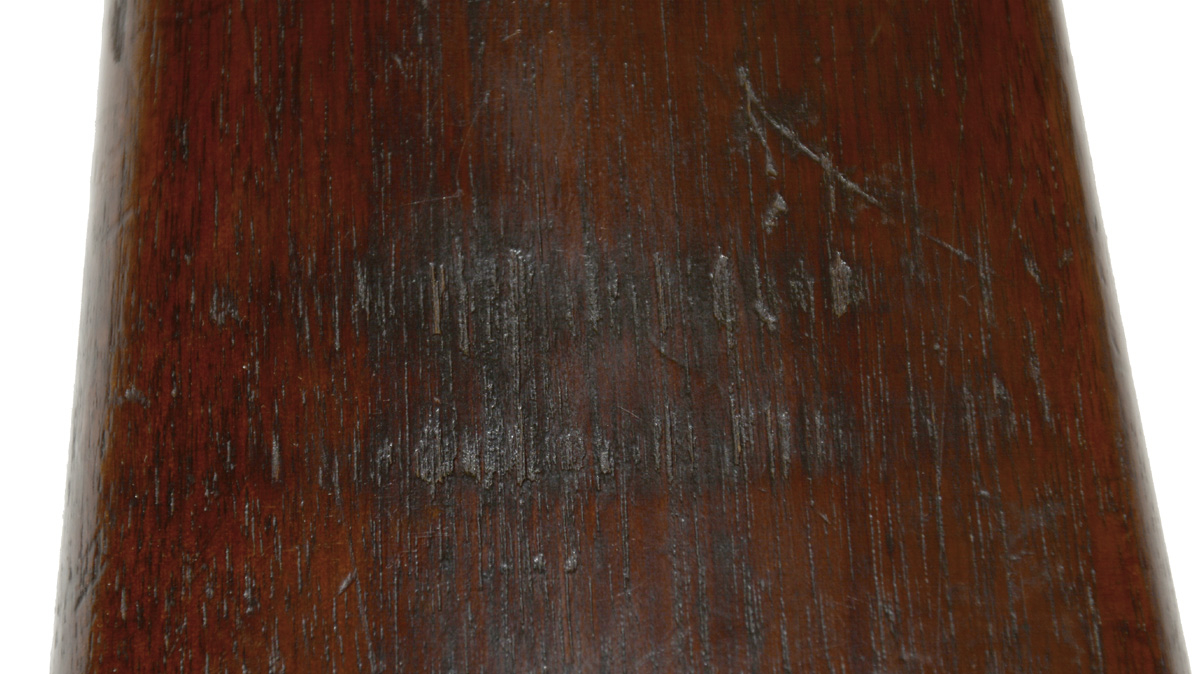
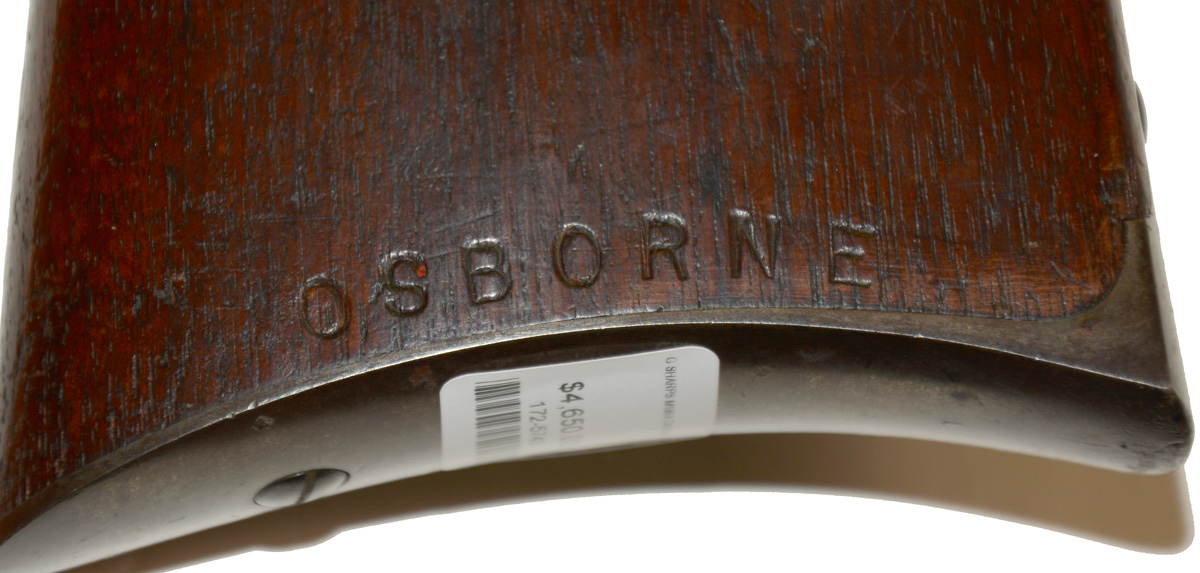
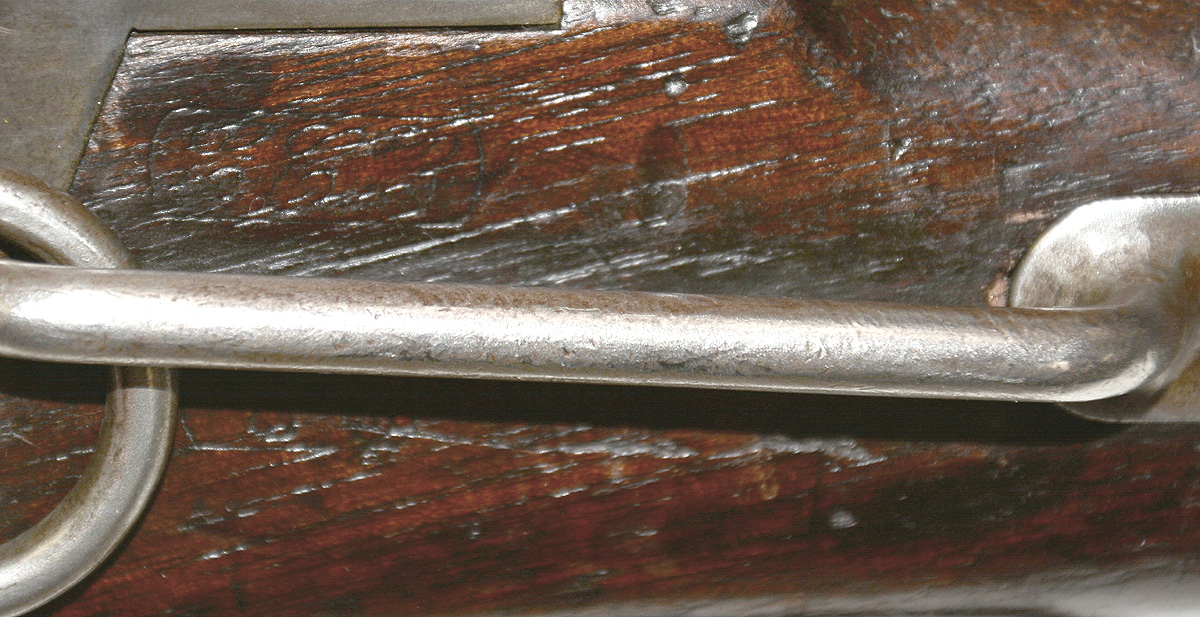
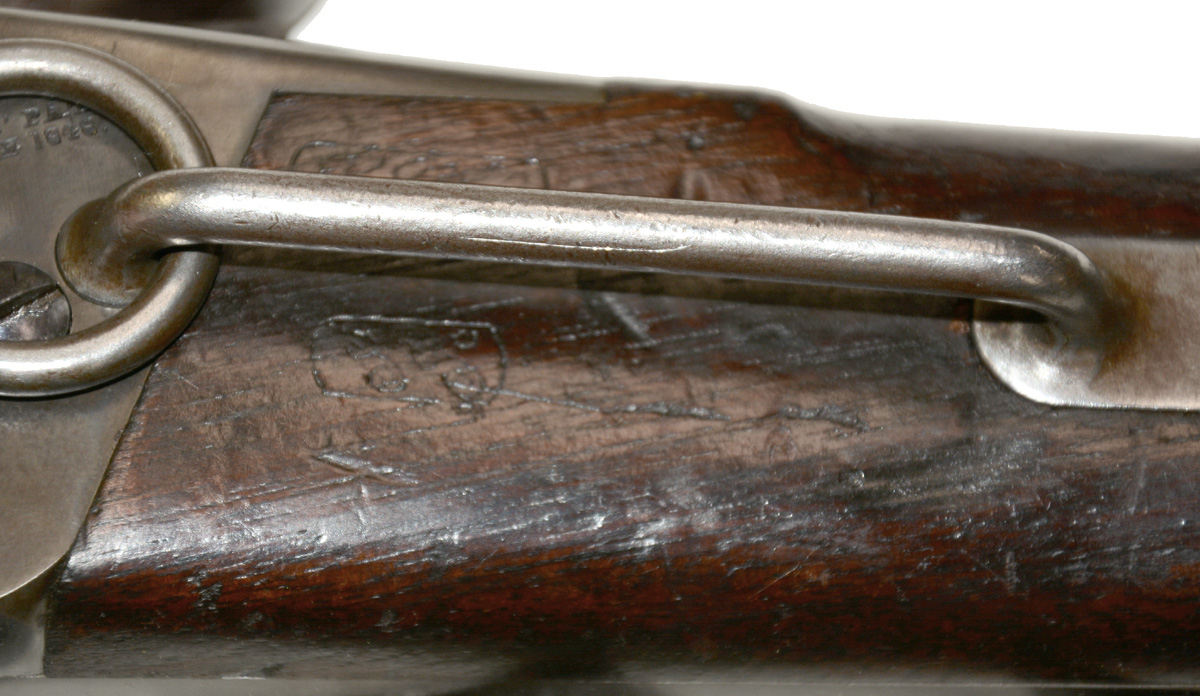
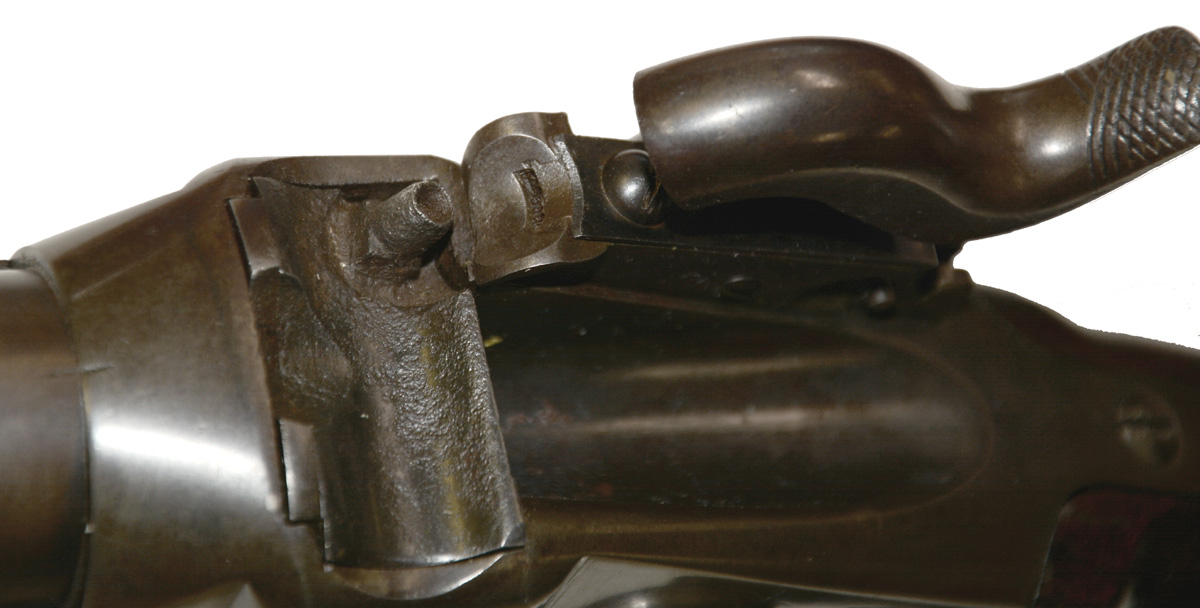
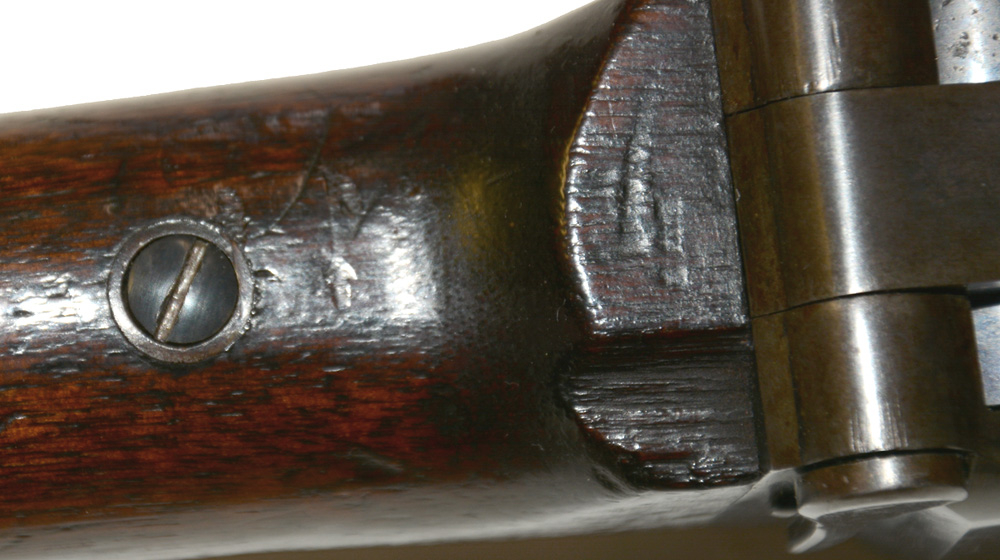
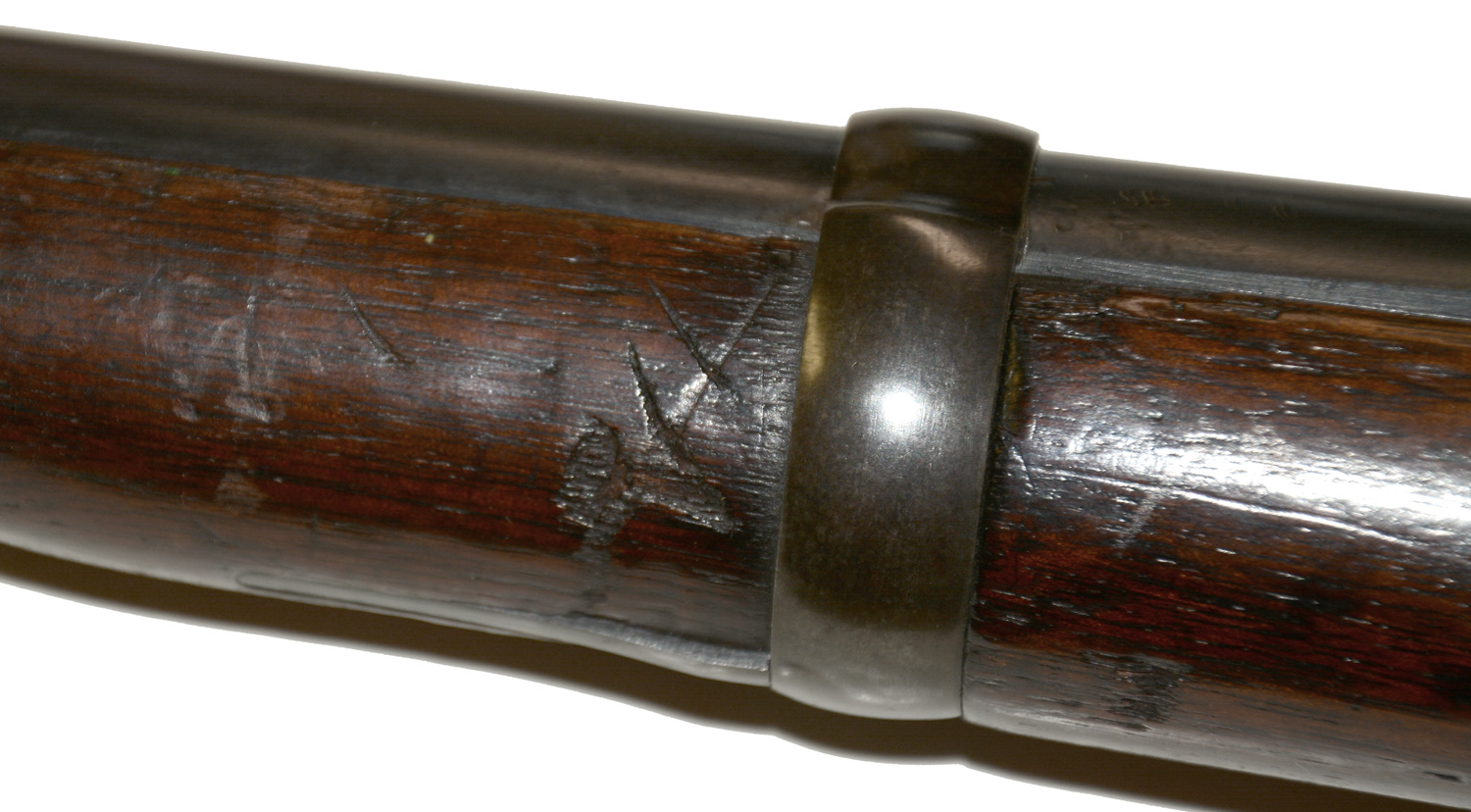

$4,650.00 SOLD
Quantity Available: None
Item Code: 172-5745
The Sharps carbine is the most famous single-shot carbine of the war. They were highly regarded, eagerly sought, and widely used by both sides. An indicator of how well liked is that the U.S. government began contracting with the company not for fixed numbers of carbines, but all they could produce in a given period. The New Model 1859 was the pattern supplied into mid-1863 with serial numbers starting in the low 30,000 range and running up to about 80,000. Other patterns were mixed in and from May into July 1863 there was some overlap at the upper end by the New Model 1863, which omitted the patch box and made some other minor changes.
The is the version with iron patch box and mounts, which replaced the brass about serial number 36,000. The metal on this carbine generally rates excellent, with smooth surface, great finish, and sharp markings. The 22-inch barrel has excellent coverage of original blue, as does the barrel band. Both sights are in place. The rear sight is complete, with the New Model 1859 carbine leaf graduated to 800 yards and sharp Lawrence patent marks on the base. Forward of the rear sight the company address is crisply stamped, “SHARPS RIFLE / MANUFG. CO / HARTFORD, CONN.” as is the “NEW MODEL 1859” designation between the rear sight and breech.
The sling bar and ring are present on the left side. The receiver and lock plate show smooth metal with faded case color and crisp markings: “R. S. LAWRENCE PAT. / APRIL 12th 1859” and “C. SHARPS PAT. / OCT. 5th 1852” are crisp on the right side, as is, “C. SHARPS PAT. / SEPT. 12th 1848” on the left. The tang is crisply marked with the serial number, 63505. The sidebar has an inspector’s mark. The patchbox has good thin blue on the lower two thirds, with a narrow band of rubbing along the top edge revealing some gray and thin brown. The screw heads show nice blue. The butt plate and screws have good color. The only fault we find to the metal is from actual use in the field. The top of the breech block shows corrosion on the right side, around the nipple. This is from the blast of the percussion cap or pellet primers, indicating the gun was actually fired.
The wood rates good plus, with good color, a tight fit to the metal, and two very visible cartouches on the left wrist above and below the side bar at the frame. The forestock shows some dings and handling marks, as does the left, with a couple of scratches at the band, but with good surface and a good fit to the frame. The underside shows one old chip out on the right side at the frame. The buttstock shows signs of legitimate field use and one repair, but has a tight fit to the metal, good color and two visible cartouches. There are some handling dings on the top of the comb near the buttplate tang, and minor handling marks elsewhere. The patchbox tightly fits the cover and the cutout is crisp with a number “51” on the edge (concealed when the cover is closed.) The right side around the lock shows some fracturing to the surface that produced a narrow crack up to the tang and chipped out rectangular piece from the surface at the back end of the lockplate. These were repaired and put back in place though the lower rear end of the lock plate shows some dark filler. It is impossible to know when this happened, but the damage and repair looks old and likely from firing. The left side shows two lines of abrasion forming an arc forward of the buttplate, which is certainly wartime. This is a characteristic of carbines actually used in the field and is a nice bit of flavoring rather than a fault: it comes from the carbine being worn and carried by a trooper on the regulation carbine sling whose large D-ring secured the snap swivel with rub against the left of the carbine stock when carried mounted and only the forend is fixed in position by the carbine thimble attached to the saddle straps. (See Marcot, et al., for a nice illustration of this.) The name “Osborne” is neatly stamped along the buttstock following curve of the buttplate, but the name is not unusual enough to make an identification whether wartime or postwar. It might very well have been brought home by the veteran since the government allowed purchase of arms and equipment by veterans at the end of the war.
This is a good example of the quintessential Civil War breech-loading single-shot cavalry carbine, instantly recognizable by the casual Civil War buff and the most advanced collector. It would add to a cavalry display and is significant for its development primarily as a military arm, the introduction of the “straight breech” to the Sharps, its intended use with both pellet primers and percussion caps, and with new nitrated linen cartridges with no need to have the end of the cartridge sheared off by the rising breech block to expose the powder. [sr] [ph:L]
DISCLAIMER: All firearms are sold as collector's items only - we do not accept responsibility as to the shooting safety or reliability of any antique firearm. All firearms are described as accurately as possible, given the restraints of a catalog listing length. We want satisfied customers & often "under" describe the weapons. Any city or state regulations regarding owning antique firearms are the responsibility of the purchaser. All firearms are "mechanically perfect" unless noted, but again, are NOT warranted as safe to fire!
~~~~~~~~~~~~~~~~~~~~~~~~~~~~~~~~~~~
THIS ITEM, AS WITH ALL OTHER ITEMS AVAILABLE ON OUR WEB SITE,
MAY BE PURCHASED THROUGH OUR LAYAWAY PROGRAM.
CLICK HERE FOR OUR POLICIES AND TERMS.
THANK YOU!
Inquire About NEW MODEL 1859 SHARPS
Most Popular
Historical Firearms Stolen From The National Civil War Museum In Harrisburg, Pa »
Theft From Gravesite Of Gen. John Reynolds »
Selection Of Unframed Prints By Don Troiani »
Fine Condition Brass Infantry Bugle Insignia »
Large English Bowie Knife With Sheath 1870’S – 1880’S »
Imported (Clauberg) Us Model 1860 Light Cavalry Officer's Saber »
featured item
RARE PACK OF CONFEDERATE, RICHMOND ARSENAL, ARTILLERY FRICTION PRIMERS
Offered here is a very rare, nice condition, original pack of artillery friction primers manufactured at the Richmond Arsenal in Virginia during the Civil War. These “primers” are what was placed in the cannon vent hole and attached to a lanyard… (1268-512). Learn More »


